Electronics and Communication Engineering - Exam Questions Papers
- Exam Questions Papers - Exam Paper 12
- Exam Questions Papers - Exam Paper 22
- Exam Questions Papers - Exam Paper 21
- Exam Questions Papers - Exam Paper 20
- Exam Questions Papers - Exam Paper 19
- Exam Questions Papers - Exam Paper 18
- Exam Questions Papers - Exam Paper 17
- Exam Questions Papers - Exam Paper 16
- Exam Questions Papers - Exam Paper 15
- Exam Questions Papers - Exam Paper 14
- Exam Questions Papers - Exam Paper 13
- Exam Questions Papers - Exam Paper 1
- Exam Questions Papers - Exam Paper 11
- Exam Questions Papers - Exam Paper 10
- Exam Questions Papers - Exam Paper 9
- Exam Questions Papers - Exam Paper 8
- Exam Questions Papers - Exam Paper 7
- Exam Questions Papers - Exam Paper 6
- Exam Questions Papers - Exam Paper 5
- Exam Questions Papers - Exam Paper 4
- Exam Questions Papers - Exam Paper 3
- Exam Questions Papers - Exam Paper 2
 (V/m). The maximum value of
(V/m). The maximum value of  will occur; if and only if
will occur; if and only ifTo find value of y at which E will be maximum, differentiable ET with respect to y and set it equal to zero.
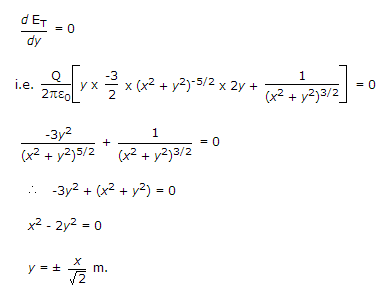

= 
le = 0.5133λ.
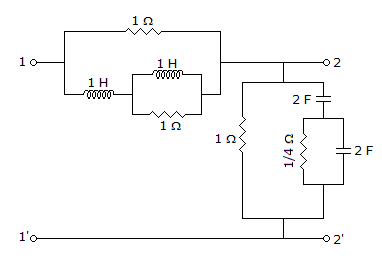
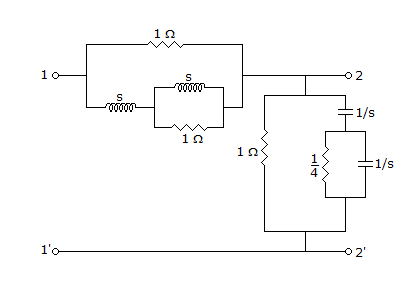
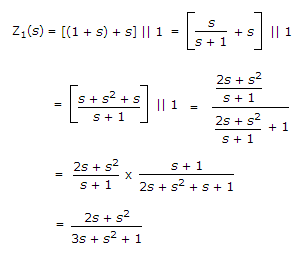
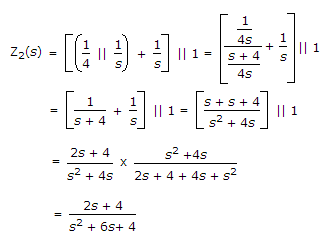
Z11(s) = Z1(s) + Z2(s) = 1 Ω.
Probability of error = P
Thus probability of no error = (1 - P)
Now probability that transmitted bit, received in error
= all bits are with error + one bit is with error
= P3 + 3C1P2 (1 - P) = P3 + 3P2 (1 - P).
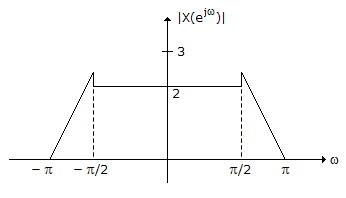
- x(n) is periodic
- Real
- Even
- Finite energy
Accordingly, we note first that periodicity in the time domain implies that the Fourier transform is zero, except possibly for impulses located at various integer multiples of the fundamental frequency.
This is not true for X(ejω). We conclude, then, that x[n] is not periodic.
Next, from the symmetry properties for Fourier Transforms, we know that a real valued sequence must have a Fourier transform of even magnitude and a phase function that is odd.
This is true for the given |X(ejω)| and ∠X(ejω). We thus conclude that x[n] is real.
Third, if x[n] is an even function, then, by the symmetry properties for real signals, X(ejω) must be real and even.
However, since X(ejω) = |X(ejω)| e-j2ω, X(ejω) is not a real-valued function.
Consequently, x[n] is not even.
Finally, to test for the finite-energy property, we may use Parseval's relation,
 |X(ejω)|2 dω
|X(ejω)|2 dω
It is clear that integrating |X(ejω)|2 from - p to p will yield a finite quantity.
We conclude that x[n] has finite energy.




 Ω
Ω